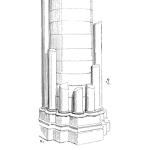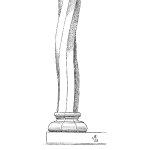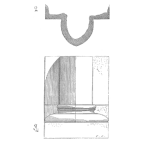
Abstract: Many companies struggle with constant plant and equipment problems despite doing the very best they know how to keep their plant and machinery reliable. Their real problem, which they cannot see for themselves, is that what is done in the company is completely wrong for creating highly reliable production equipment. If you cannot “see” how reliability is destroyed in your business, then you are doomed to suffer poor reliability and low uptime forevermore.
[Read more…]












 Ask a question or send along a comment.
Please login to view and use the contact form.
Ask a question or send along a comment.
Please login to view and use the contact form.